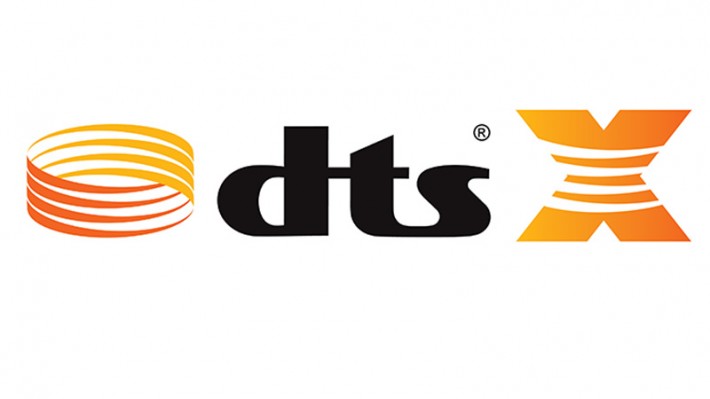

by Olaf Adam
The first demos could be heard at the CES in January and the ISE in February, and the first details were recently presented in the USA: With DTS: X, DTS will soon be entering the 3D sound race. While the competition from Dolby Atmos and Auro 3D has been around for a while, it will be a while before the first products with DTS: X are available; So far nothing is known about Blu-rays with this format. So are the Californians just arriving too late or does the longer development time pay off in the end?
Of course you will have to wait and see, but the first known key data doesn't sound bad. Like Dolby Atmos, DTS: X is an object-based format. This means that the sound mixer no longer mixes fixed channels on a reference system, which are then reproduced more or less correctly in the home theater depending on the room and installation situation. Rather, the technician defines audio objects during the mixing, whose position in space can be precisely determined for each point in time.
The audio system in the cinema or at home then takes on the task of acoustically reproducing the spatial positions of the individual loudspeakers. Of course, this is only possible if there are enough loudspeakers available and the system has been correctly calibrated for the listening room. In theory at least, DTS: X can manage and use up to 32 different speaker positions. But that ultimately depends on how many amplifiers, connections, etc. the hardware manufacturers integrate into their devices. And since most manufacturers will offer products that are supposed to support Aura 3D, Dolby Atmos and DTS: X, a 10.2 or 11.2 configuration will probably remain the standard. DTS: X also needs loudspeakers mounted vertically or on the ceiling in order to be able to display corresponding acoustic height information in the overall acoustic image. However, the developers of DTS claim that DTS: X should be considerably more flexible in the positioning of the speakers than the competition. What that means exactly, whether you will actually be able to distribute your speakers more or less arbitrarily in the room and how this will affect the sound quality remains to be seen once more.
However, DTS seems to be certain of the support from the hardware manufacturers. All relevant manufacturers of AV receivers have already announced products, and with Steinway Lyngdorf and Trinnov Audio, among others, serious high-enders have been there from the start. While most manufacturers currently rely on extremely precise information such as "Fall 2015" or "Early 2016" when it comes to timing, Denon and Marantz already have the corresponding products on the market with the AVR-X7200W and AV8802. Only DTS: X are not yet able to do this, the corresponding software upgrade should - surprise - be available "in the course of the year". But since there will almost certainly not be any films with the new audio format before that, that's actually not a big problem.
